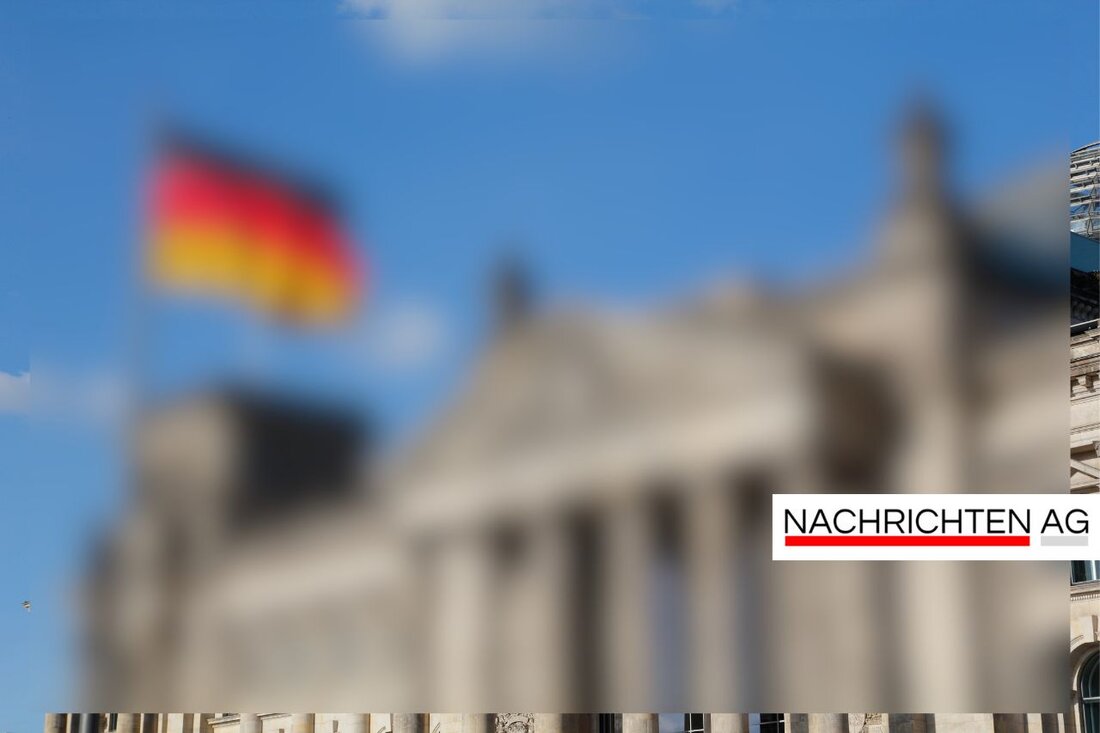Wolfs summit in Brandenburg: Shot rate or protection for wolves?
In Brandenburg, on September 11, 2025, a shooting rate for wolves will be discussed to protect pasture animals.

Wolfs summit in Brandenburg: Shot rate or protection for wolves?
On September 11, 2025, a heated debate about the future regulation of wolf protection and possible shooting rates was held in Brandenburg at the Wolfs summit in Potsdam. The focus was on whether a general shooting rate for wolves should be introduced or whether the focus should be on a targeted shooting in certain "intervention areas". Environment Minister Hanka Mittelstädt (SPD) described the conversations as characterized by constructive atmosphere. Nevertheless, Dirk-Henner Wellershoff, President of the State Hunting Association, expressed his dissatisfaction with the course of the summit, especially with regard to the lack of say in farmers and hunters.
A large number of those present spoke out in favor of targeted shooting in areas where there are increasing attacks by wolves on grazing animals. A specially appointed working group will review the advantages and disadvantages of these measures. The goal is to include the wolf in state hunting law by the end of 2025, but this is met with resistance from environmental and nature conservation associations such as BUND. Axel Kruschat, regional manager of BUND, emphasized the need to protect wolves and pointed out the complexity of the discussion about protection status.
Claims and estimates
Ex-environmental state secretary Gregor Beyer called for a shooting rate of 15 to 35 percent, with the wolf population in Brandenburg estimated to estimate up to 1,600 animals. The state environmental office, on the other hand, assumes around 500 wolves. Such discrepancies illustrate the uncertainty that surrounds the current situation assessment. Among the participants of the summit there was also hope of quick and unbureaucratic handling in order to target "problem wolves" for cracks in animal herds.
Integrated into this discussion is the critical view of the wolf's protection status in Germany. Leading nature conservation organizations warn of a premature explanation of a "favorable state of preservation" of the wolf population, which, according to experts, contradicts scientific facts. The European Court of Justice recently emphasized that evaluations of the state of preservation must be based on solid scientific data. A "favorable state of preservation" presupposes, among other things, that genetic diversity and long -term livelihood of populations are also taken into account.
The wolf population in Germany remains part of a larger European network, although no widespread situation has been achieved at the moment. Experts warn that socio -economic arguments, such as possible negative effects on grazing animals, cannot represent sufficient reasons for a reduction in protection status. In view of the ongoing legal reviews to classify the wolf, it will be important for the federal government to use the 18-month adjustment period in order to gain legal clarity.
In the middle of this debate about wolf protection, a clear line is emerging: the topic remains politically and socially controversial, with deep cracks between the interests of conservationists and agriculture. The wolf summit signaled that there is a consensus in sight, but also that there are still many challenges before politics.
In a broader context, wolf protection and the debate about the right handling of the steadily growing wolf population are part of a comprehensive discussion about nature conservation and agriculture in Germany, which urgently needs to find solutions.
For more information: rbb24, rbb-online, Wildbeimwild.

 Suche
Suche
